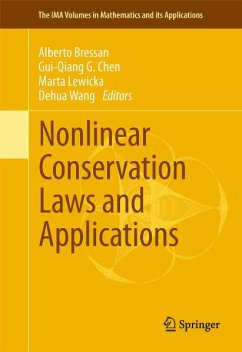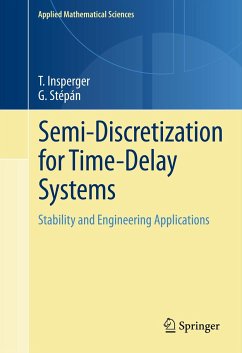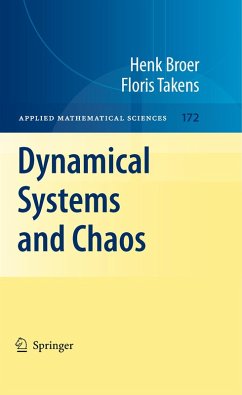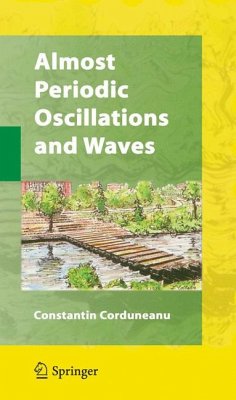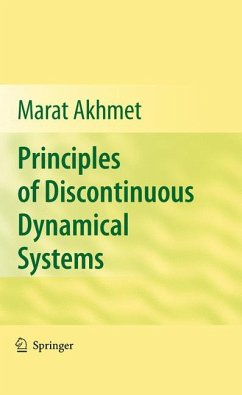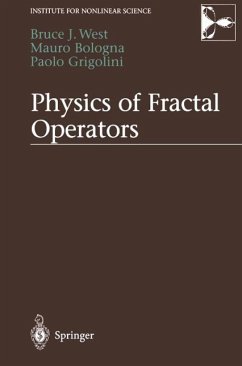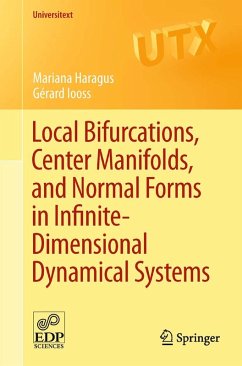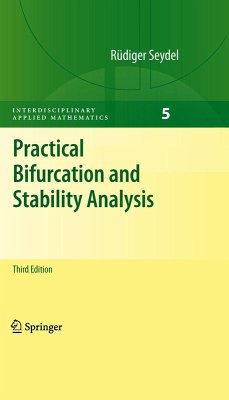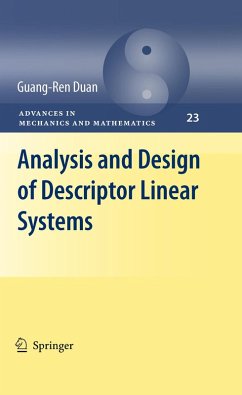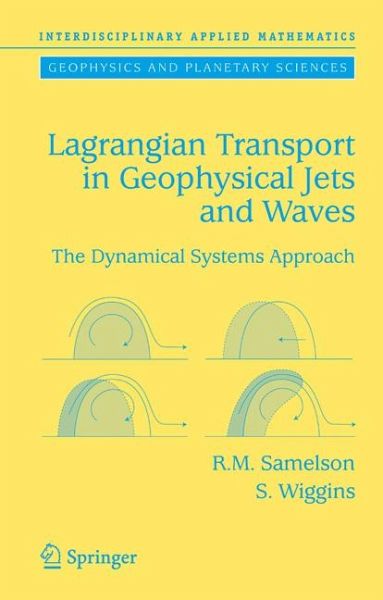
Lagrangian Transport in Geophysical Jets and Waves (eBook, PDF)
The Dynamical Systems Approach
Versandkostenfrei!
Sofort per Download lieferbar
40,95 €
inkl. MwSt.
Weitere Ausgaben:

PAYBACK Punkte
20 °P sammeln!
Written by a specialist in geophysical fluid dynamics and an applied mathematician, this is the first accessible introduction to a new set of methods for analysing Lagrangian motion in geophysical flows. Early chapters establish context and fundamental mathematical concepts and definitions, explore simple cases of steady flow, and touch on important topics from the classical theory of Hamiltonian systems. The main body of the book examines elements and methods of Lagrangian transport analysis in time-dependent flows. A concluding chapter surveys research in geophysical fluid dynamics that make...
Written by a specialist in geophysical fluid dynamics and an applied mathematician, this is the first accessible introduction to a new set of methods for analysing Lagrangian motion in geophysical flows. Early chapters establish context and fundamental mathematical concepts and definitions, explore simple cases of steady flow, and touch on important topics from the classical theory of Hamiltonian systems. The main body of the book examines elements and methods of Lagrangian transport analysis in time-dependent flows. A concluding chapter surveys research in geophysical fluid dynamics that makes use of this new approach. Supplementary material is provided in the appendices. The book will appeal to graduate students, research scientists, and educators in any branch of geophysical science in which the motion and transport of fluid, and of materials carried by the fluid, is of interest. It will also interest applied mathematicians seeking an introduction to this area of geophysical fluid dynamics.
Dieser Download kann aus rechtlichen Gründen nur mit Rechnungsadresse in A, B, BG, CY, CZ, D, DK, EW, E, FIN, F, GR, HR, H, IRL, I, LT, L, LR, M, NL, PL, P, R, S, SLO, SK ausgeliefert werden.



